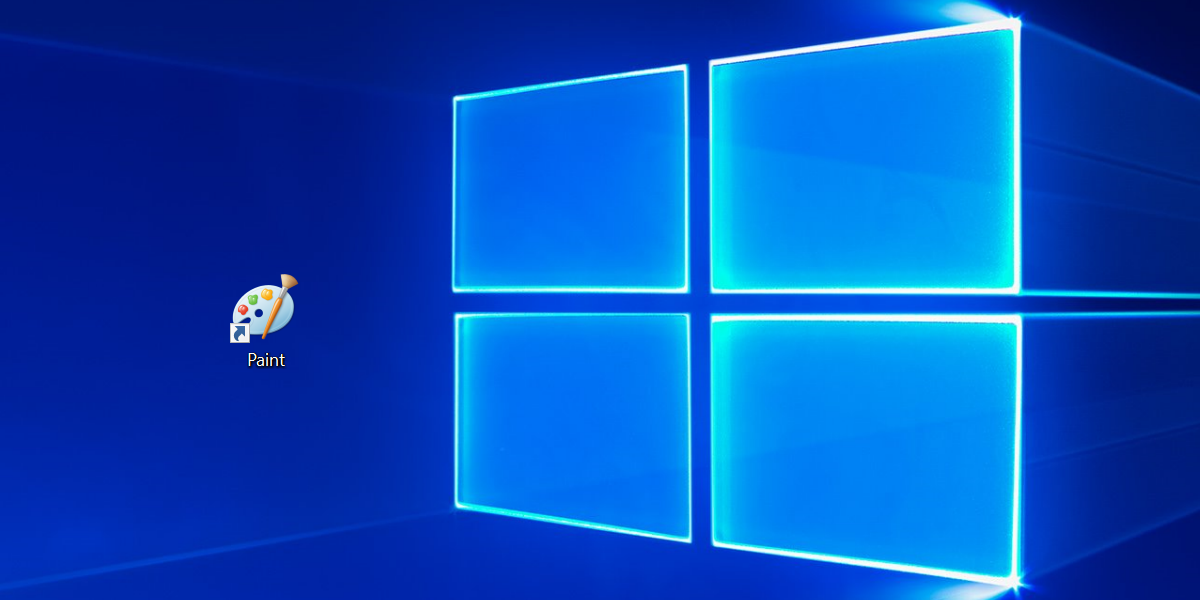Microsoft stakes out claim with Windows 11 on future of hybrid work

Microsoft recently announced Windows 11, its first operating system overhaul in more than six years. The free upgrade, available to users in late 2021, comes on the heels of Microsoft’s 2021 Work Trend Index, which asserts that hybrid work is here to stay.
With Windows 11, Microsoft aims to support businesses as they usher in a new era of work. But what exactly does this look like? Let’s dive into the OS’s new and enhanced offerings, as well as the benefits for enterprises and end-users.
Heightened security requirements
Remote work has exposed organizations to increased security risks, with 74% of security leaders reporting more attacks since the start of the pandemic.
In an effort to be proactive about protection, Windows 11 will require devices to have Trusted Platform Module (TPM) 2.0 chips. Microsoft already required equipment manufacturers to ship devices with support for TPM chips, but in order for Windows 11 to run, the user must have the TPM turned on.
TPMs are hardware components that store encryption keys specific to the device and network. They provide an added layer of security at the firmware level, beyond the baseline username and password. Though TPMs are useful, enterprises should keep in mind these tools only protect devices locally. Organizations should still leverage other security technologies such as firewalls, antivirus software, multi-factor authentication (MFA) and security monitoring to keep their organizations fully protected.
The TPM 2.0 mandate will encourage organizations to revisit their device inventory. Microsoft has powered the Windows OS for over 30 years and many companies still use its legacy operating systems on old devices — even after support for the OS has ended. For some organizations, their technology is so outdated it will be well worth the upgrade. I anticipate there will be a huge wave of hardware investment over the next five years by those motivated to get Windows 11.
A window to cloud services
Cloud and cloud services are critical to empowering a remote and hybrid workforce. Instead of relying on local software, the cloud lets users access their data via any device, anywhere.
Recognizing this cloud-driven reality, Microsoft positions the Windows 11 operating system as a doorway between the user and the cloud. Windows 11 will seamlessly interact with cloud platforms and services as a front-end interface rather than through a web browser — similar to how we interact with applications hosted locally. As far as the end-user is concerned, it doesn’t matter where the data actually resides — it will still be accessible the same way.
Using the full suite of Microsoft tools available, any and all developers will now be able to smoothly build and deploy applications to any cloud, for any device. On older Windows OSs, this was not as easily accomplished. Similar to the way Photoshop serves as a one-stop shop for design work from start to finish, Windows 11 will act as a one-stop shop for development work.
Additionally, Android applications will be available to run on Windows 11 through the new Microsoft Store. Previously, Windows only supported apps that were specifically built to run on Windows. By allowing users to run Android applications on their devices, Windows 11 is expanding the gateway to other cloud and technology platforms and taking its ecosystem to the next level.
In a notoriously competitive and non-integrated industry, it’s clear that Microsoft wants to enable organizations to more easily build custom, tailored apps and access them on Windows 11 and every other platform.
Features that support hybrid communication and collaboration
In addition to improved cloud access, Windows 11 has several new and enhanced features that will streamline hybrid work. Most changes focus on improving communication and collaboration, a major challenge for remote and hybrid operations. In my opinion, the most beneficial new features for enterprises and hybrid workers include:
The integration of Microsoft Teams: Windows 11 will give users free and integrated access to Teams app for chat, screen sharing and video functions on their taskbar. Unlike competing OSs, Microsoft Teams won’t have a device or platform restriction, which means users can communicate with anyone who also has the Teams app, regardless of whether they’re using an iOS, Android, Mac or any other operating system-based device. Considering that Teams users experienced a 148% increase in weekly meeting time since February 2020, free availability to all Windows 11 users will result in easier communication as well as time and cost savings.
Improved functionality of Azure Virtual Desktop: The changes to Azure Virtual Desktop will give users more secure access to a fully managed Windows 11 desktop experience from any device or location. For hybrid workers, that means a seamless work experience across enterprise and personal devices. And for enterprises, business leaders can be confident their security configurations are in place across personal devices.
Hybrid work is here to stay. Technology providers have an opportunity to streamline remote operations and make themselves indispensable, and it appears Microsoft is doing just that with Windows 11. By providing support for enterprises’ biggest priorities — cloud, communication, collaboration and security — Windows 11 will play a critical part in facilitating the future of work.
Previous Story
- The 3 words that could spell trouble for...
- Why Windows 11 is forcing everyone to use...
- Microsoft Introduces Vaccine Management Product for Government Agencies,...
- Microsoft introduces the continuing future of virtual collaboration...
- Why the globe is watching Australia's new big-tech...
- Zoom reportedly focusing on email services to contend...
- US business leaders rally behind Biden
- Could PlayStation 5 and Xbox Series X be...